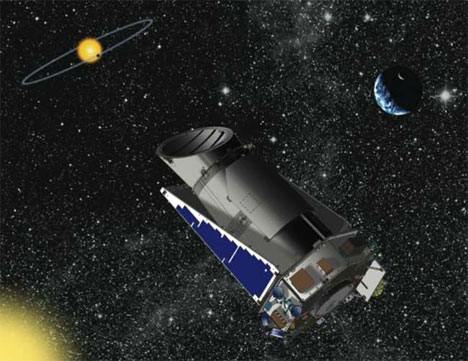
The first 43 days of NASA’s Kepler spacecraft have been very productive: the mission looked at over 156,000 stars and identified 706 candidates for Earth-like planets. The candidates will require follow-up research to determine whether they’re actually planets; if all 706 happened to meet the criteria for exoplanets, they would just about triple the number of known extrasolar planets.
The new set of data is exciting for scientists and for alien hunters. Identifying planets outside of our own solar system is the first step toward identifying planets that could possibly harbor life. After the newly-found objects are verified as planets, Kepler can then continue observing them to determine if they exist in the “sweet spot” that could support liquid water and, by extension, life. Kepler has already returned results far above the mission’s leaders’ expectations and will continue to watch its little patch of the sky to help us determine whether we have company in the galaxy.

